Advertisement
How robotic technology is continually shaping our approaches and outcomes

Advertisement
Cleveland Clinic is a non-profit academic medical center. Advertising on our site helps support our mission. We do not endorse non-Cleveland Clinic products or services. Policy
Over the past few decades, the use of robotic assistance has swept through almost every surgical specialty, from bariatric and cardiovascular to gynecologic and urologic. Today’s sophisticated robotic systems, with mechanical “wristed” arms holding surgical instruments — controlled by the surgeon with the aid of high-definition, magnified 3D optics (see photos above and below) — allow for greater flexibility, finer control and better precision than can be achieved using conventional surgical methods.
At Cleveland Clinic, we have wholeheartedly adopted robotic technology into thoracic surgery practice and are advancing its use for increasingly sophisticated procedures.
Taking advantage of this technology is critical to our goal of treating disease with as little collateral injury as possible. Only very small incisions are needed for robotically assisted surgeries, and deep tissues can gently be pushed out of the way with the robotic arms instead of cut, causing less internal damage as well. This results in less blood loss and reduced postoperative pain. Scarring is also minimized compared with traditional open operations, and this is a big advantage if an additional surgery is needed. Moreover, patient recovery times are shorter, with fewer days spent in hospital and more rapid return to work and daily activities.
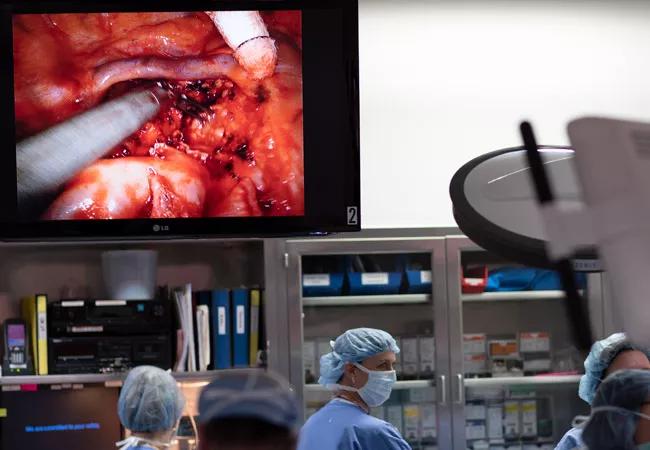
As a tertiary care center, Cleveland Clinic enjoys the advantage of a high volume of thoracic surgery cases — we perform more than 2,000 thoracic operations annually, including a large number of complex cases.
Advertisement
Following our successful experiences with robotic assistance for cardiovascular surgery, we were among the first adopters of robotic technology for general thoracic surgery. Our applications quickly expanded: We now use video-assisted thoracic surgery (VATS) or robotic assistance for most of our lobectomies for lung cancer, including for almost 90 percent of patients with stage I disease.
We also perform thymectomies and treat mediastinal masses robotically. Procedures for benign esophageal diseases — including achalasia, reflux, para-esophageal hernias and giant gastric hernias — are now often done robotically.
We are also increasingly using the robotic system for esophagectomies for cancer. This complex operation often entails combined robot-assisted and conventional surgery. Patient outcomes are improved and recovery is noticeably expedited.
Cleveland Clinic is proud to be the only institution in the country to earn three-star composite quality ratings from the Society of Thoracic Surgeons for both lobectomy for lung cancer and esophagectomy for the three-year period ending in December 2017. These ratings, based on mortality and major complications, are the highest possible and distinguish Cleveland Clinic as a statistical outlier in terms of superior quality. We believe our judicious use of minimally invasive VATS and robot-assisted techniques is an important contributing factor to these high marks.
The adoption of robotics has allowed us to increase treatment options for our patients. But as with any new technology, it is critical to know when — and when not — to use it and to customize its use for each patient as appropriate. The fanciest tools are no substitute for judgment and experience. Minimally invasive operations can quickly be converted to conventional surgery, and we employ that option whenever the situation warrants. Factors to consider that may favor an open surgical approach include prior open chest surgery, radiation to the chest, pulmonary infections or coronary artery bypass graft surgery.
Advertisement
At Cleveland Clinic, we use the da Vinci® Xi, the fourth-generation and latest robotic surgical system. It is smaller and lighter than the previous version, and the arms have a better reach inside the body. Optics have improved with higher magnification, enabling more precise surgery. Despite more sophisticated functionality, we find it easier to use with a more intuitive interface.
Is it critical to update to each new system as it comes on the market? We believe so. Although it is an expensive proposition for any institution and requires a certain amount of retraining in addition to the capital costs, our experience has been that each successive version has offered significant improvements (such as those outlined in the previous paragraph), allowing us to provide the best care available to our patients.
The trend of applying robotic assistance to increasingly complex surgeries will continue, which means it’s likely that the days of most large-incision operations are numbered.
The role of high-volume centers such as Cleveland Clinic is to keep pushing the envelope so that patients can reap the benefits of outcomes equivalent to those with open surgery even as treatment-associated morbidity continues to diminish as robotic technology is refined.
An additional role is to teach and share innovations, and Cleveland Clinic’s cardiothoracic surgical teams are happy to accommodate surgeons and technicians from other institutions who wish to observe advanced robotic techniques.
Dr. Murthy is Section Head of General Thoracic Surgery at Cleveland Clinic.
Advertisement
Advertisement

Patient-patient network analysis proves to be fast and clinically intuitive
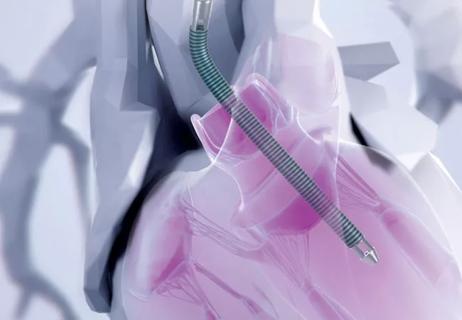
How we’re using a new multidisciplinary approach to broaden the benefits of ablation

Models developed with promising accuracy and generalizability to clinical practice
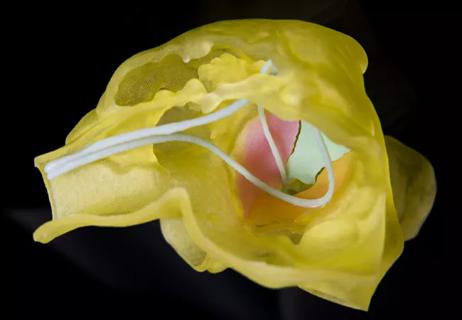
Illustrated case series profiles a valuable tool for a rare and complex entity

Keys to success include a team-based approach and integration into clinical workflow
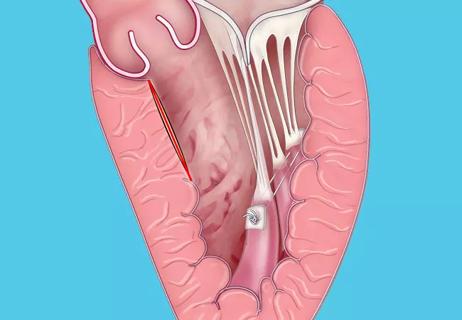
A minimally invasive, single-incision approach to two coexisting problems

New review outlines applications to date, hurdles to overcome
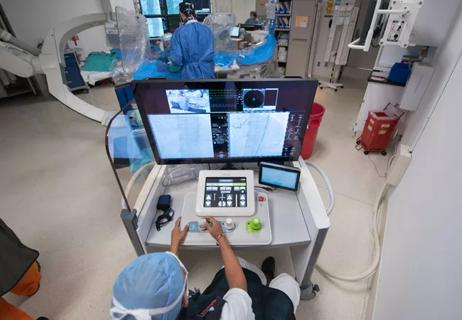
A long-overdue technology is poised to reshape practice